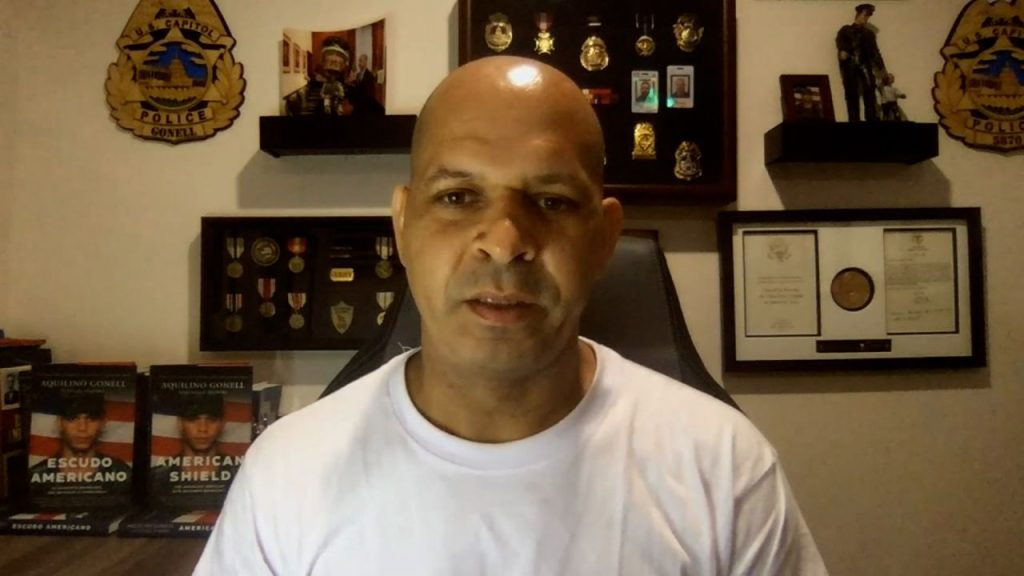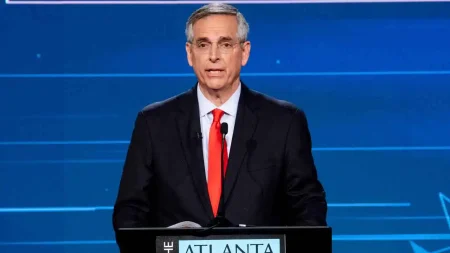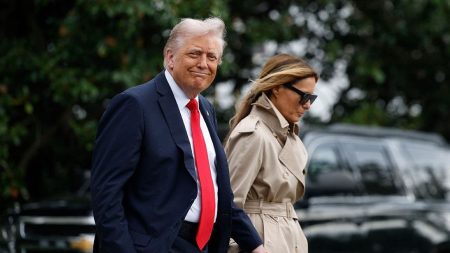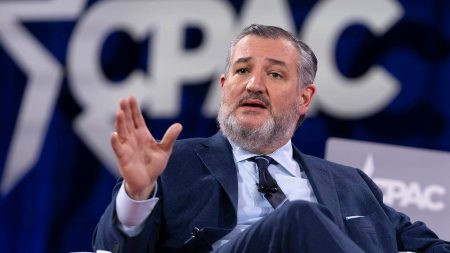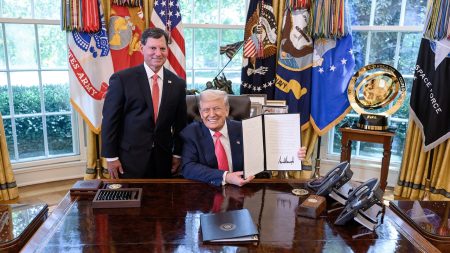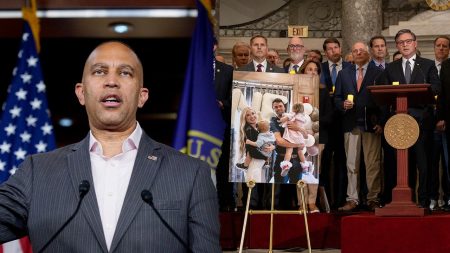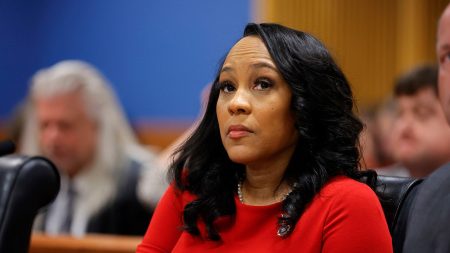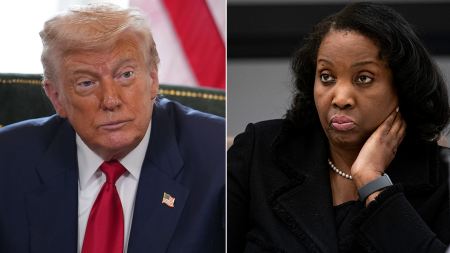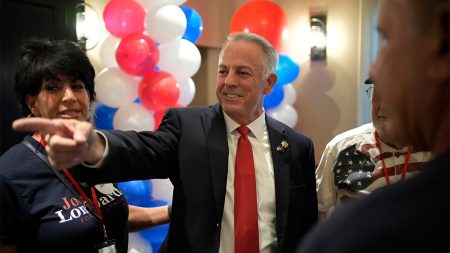Chief Justice John Roberts’ tenure has been marked by tough cases that generate internal suspense, shifting votes, and last-minute switches. However, this spring, the six Republican-appointed conservatives on the Supreme Court established a far-reaching immunity from prosecution for former President Donald Trump, with a clear 6-3 split among the justices. Roberts did not make an effort to entice the liberal justices for any cross-ideological agreement, despite his past success in brokering compromises in similar cases.
In a departure from past cases, Roberts abandoned his usual focus on institutional concerns and pushed for a sweeping presidential immunity that gave Trump a significant victory. This decision may have been influenced by the realization that the liberal justices were not going to accept any version of the immunity. Roberts’ boldness was tempered by some defensiveness as he responded to dissenting justices’ criticism of his majority opinion. Overall, Roberts appears to have reached a turning point where he has become more aggressive in his vision for the high court.
The immunity dispute centered around criminal counts brought against Trump by special counsel Jack Smith in relation to his protest of the 2020 election results and the events of January 6, 2021. Despite the chaos and violence of that day, Roberts found new immunity in the Constitution for a former president. In a separate case related to January 6, Roberts authored an opinion favoring defendants charged with obstruction during the election certification process.
The lead-up to the immunity case involved efforts by the special counsel to expedite Supreme Court review, which were ultimately unsuccessful. As the justices deliberated on the case, it became clear that the divide between the conservative and liberal justices was sharp, with Roberts ready to assert the significance of the case and focus on presidential authority in separation of powers. The decision marked a departure from past compromises and signaled a shift in Roberts’ approach to the court.
The internal debate and negotiations among the justices ultimately led to a clear and decisive vote on the core issue of presidential immunity. The sharp divide between liberals and conservatives meant that most of Roberts’ negotiations were with his conservative colleagues, who were heartened by his efforts. Roberts’ bold stance on presidential immunity and his willingness to take a strong position may have been influenced by his experiences in past administrations and his concerns about the legal vulnerability of ex-presidents. Overall, the decision marked a significant moment in Roberts’ tenure as Chief Justice.




